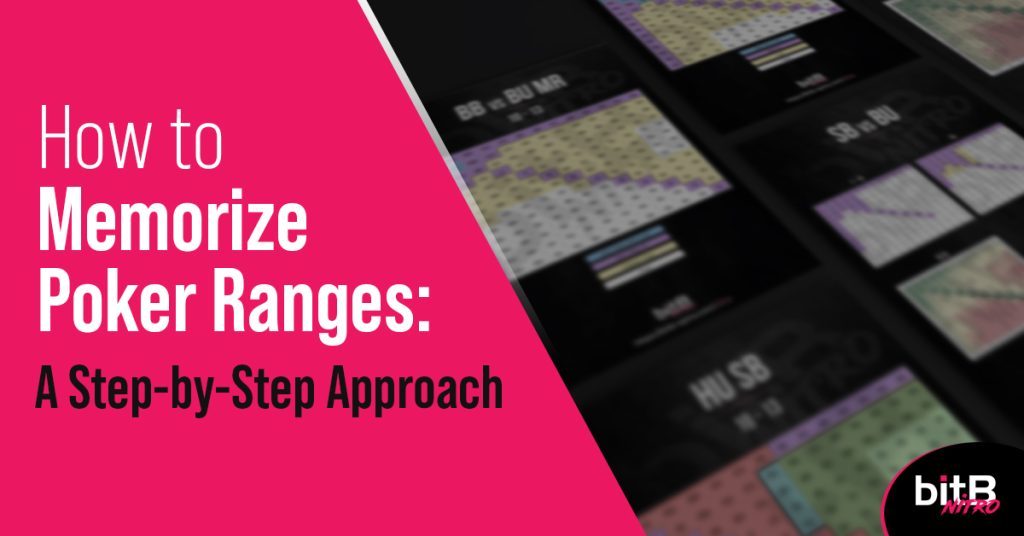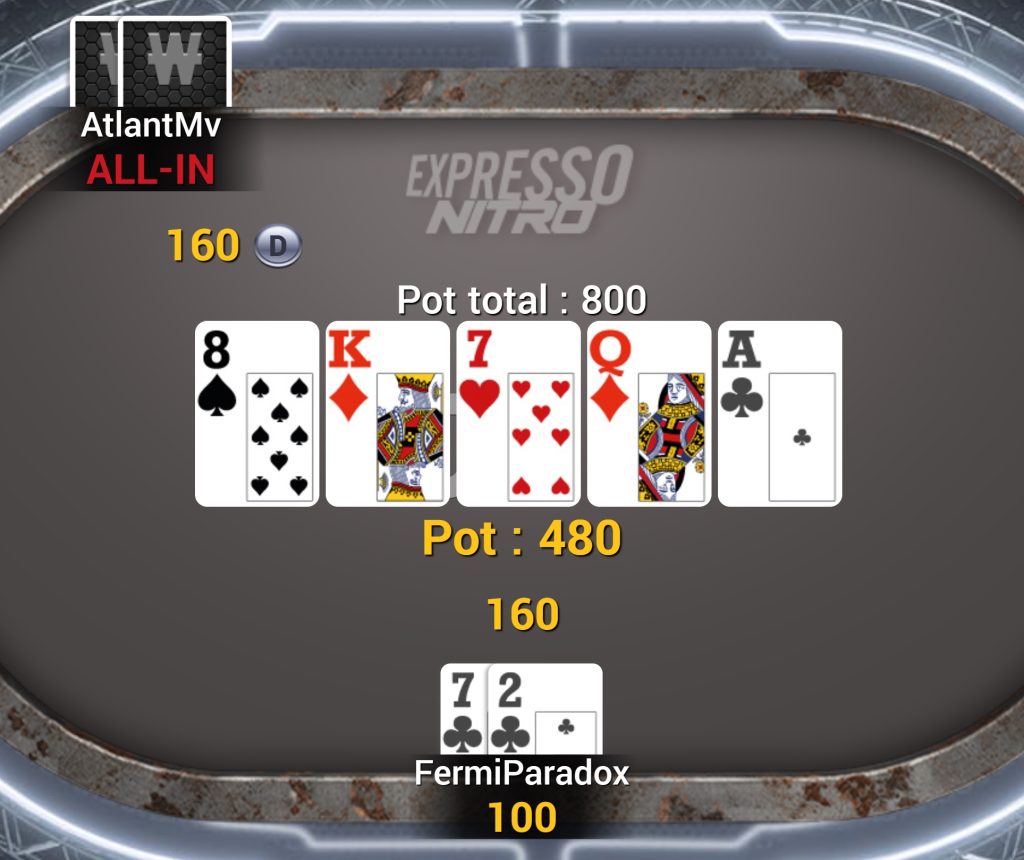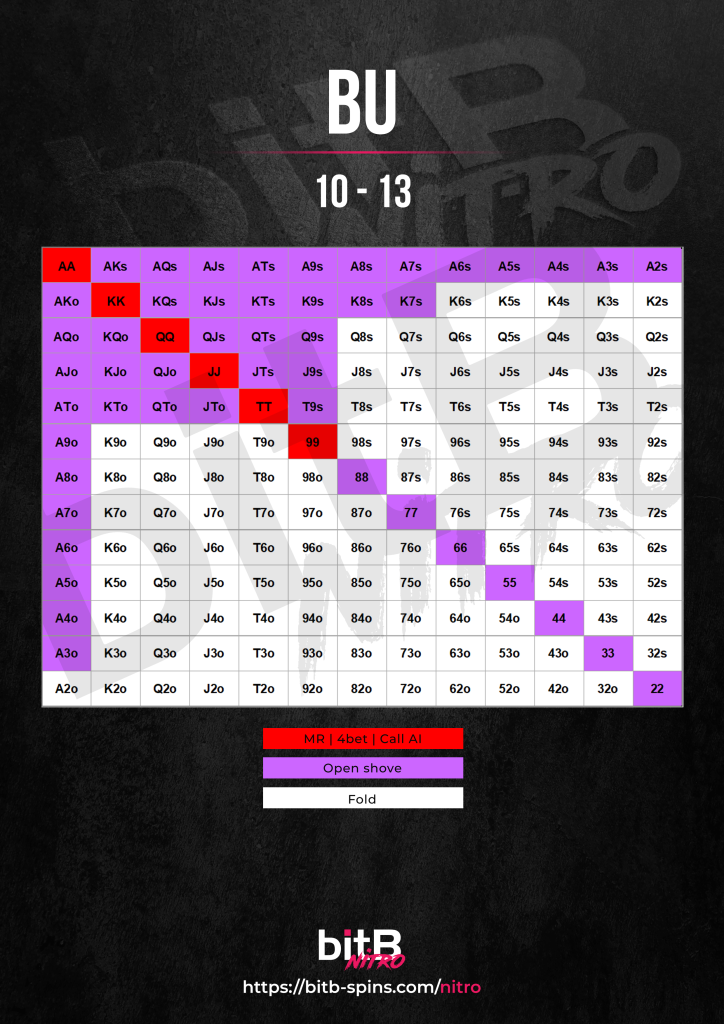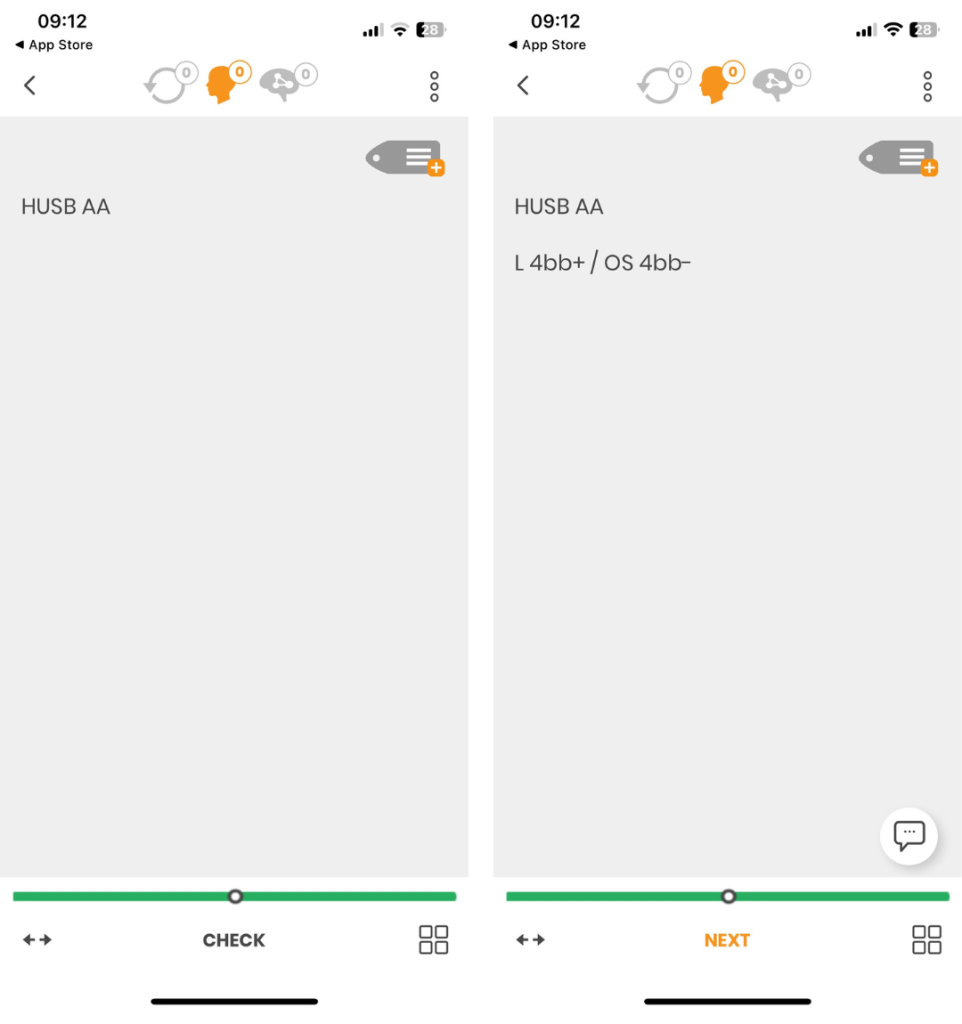How to Memorize Poker Ranges: A Step-by-Step Approach
Knowing how to memorize poker ranges is crucial for your preflop game—and the key to becoming a successful spin poker player.
Throughout every hand you are involved in, you have to think in different ranges. In layman’s terms, what hands should I play with to be profitable? And what hands could be in my opponent’s range?
At the start of each hand, you should have a pretty firm understanding of what hands you should play and how you should play them, depending on your position and stack size. That’s where poker ranges, and charts come in handy.
Since bitB Spins is focused on spin games, in this guide we’ll show you the ways to memorize poker ranges as if you were preparing to be our next superstar spin player. But all of these learning tips and techniques would work for different types of poker games as well. You just have to find the specific charts for that game.
Depending on the opponent’s range, this could be a great or a terrible call.
UNDERSTANDING POKER RANGES
What is a Poker Range?
A poker range is a spectrum of hands that a player could have in that specific scenario. While it looks absolutely mindblowing to narrow down your opponent’s range to a single-hand combination (“He must have 69o!”), this is more of a Hollywood and YouTube clip thing than a reality.
If you want long-term success in poker you should think in a spectrum, or range of hands in terms of what your opponent might have.
Similarly, when it comes to your range, it’s much easier to learn the best possible action with a group of hands rather than memorize what you should do with each individual hand.
The Anatomy of a Poker Range
The easiest way to visualize a poker range is using a hand grid. A hand grid is made up of all the possible card combinations. From the top left corner to the bottom right corner there are all the pocket pairs (AA – 22). Above this imaginary line are the suited hands, and below the off-suit hands.
All of the possible card combinations, visualized with PokerStove in a hand grid.
The fastest way to learn a specific range is not to try to memorize every hand in it but rather to learn its components, such as “All pocket pairs”, “Broadway cards”, and “Suited connectors” etc. If you have a basic understanding of the range, you can just learn the bottom hand in each type and use it as a crutch.
Let’s say a specific range includes Ax hands. If you simply remember A8o as the bottom of that range, you’ll know that A9o through AKo will also be included in that range.
Using Preflop Poker Ranges
We can build a profitable range for every possible preflop scenario. Different hands in a hand grid might need different actions, which can be marked with colors.
Button 10-13 BB preflop chart for Winamax Expresso Nitro
Let’s look at the above chart, which is from our free 30-day trial. This specific chart is created to visualize and learn the best action if you are on the button in a three-handed game and your effective stack is between 10 and 13 big blinds.
With the cards marked red, your best action would be to min-raise. If your opponent re-raises non-all-in, you go all-in. If your opponent shoves and goes all in, you simply call. With the cards marked purple, you open-shove. With the cards marked white, the suggested option is a fold.
HOW TO MEMORIZE POKER RANGES
Now that we know why it’s extremely beneficial to use and memorize preflop poker ranges, we can get to the meat and potatoes of this topic: committing all of these to memory.
1. Start with the why
To create your own charts, you’ll need some experience. So the best approach is to find good ones that you can learn from —ones that are tried and tested, like the Winamax Expresso Nitro charts in our 30-day trial.
Following any chart blindly not only robs you of the opportunity to adjust your preflop game but also makes it harder to learn them.
If you take a look at the previously shown BU 10-13 chart, it’s easy to see why we want to min-raise 99-AA. These are such strong hands that we want our opponents to play against us since we can easily extract value from them either pre or postflop. If the hand goes to a flop we’ll also be in position against both SB and BB.
So, instead of mechanically learning that 99-AA should be a min-raise on the Button between 10-13 BBs, it’s much easier to realize that strong pocket pairs generate much more value min-raised than shoved, even at a shorter stack size. If you sometimes min-raise 88 or shove 99, it’s not the end of the world, and it’s still a +EV play, just not the best possible move. But knowing why you are doing what you do is essential.
Get familiar with the charts, try to figure out the ‘why’ behind them, and select a group of charts (e.g., Button charts) that you would prefer to learn first.
2. Upload your charts to the Freebetrange editor
With Freebetrange, you can turn static charts into interactive ones. As a first step, you should create your own ranges in the app, based on your preflop charts.
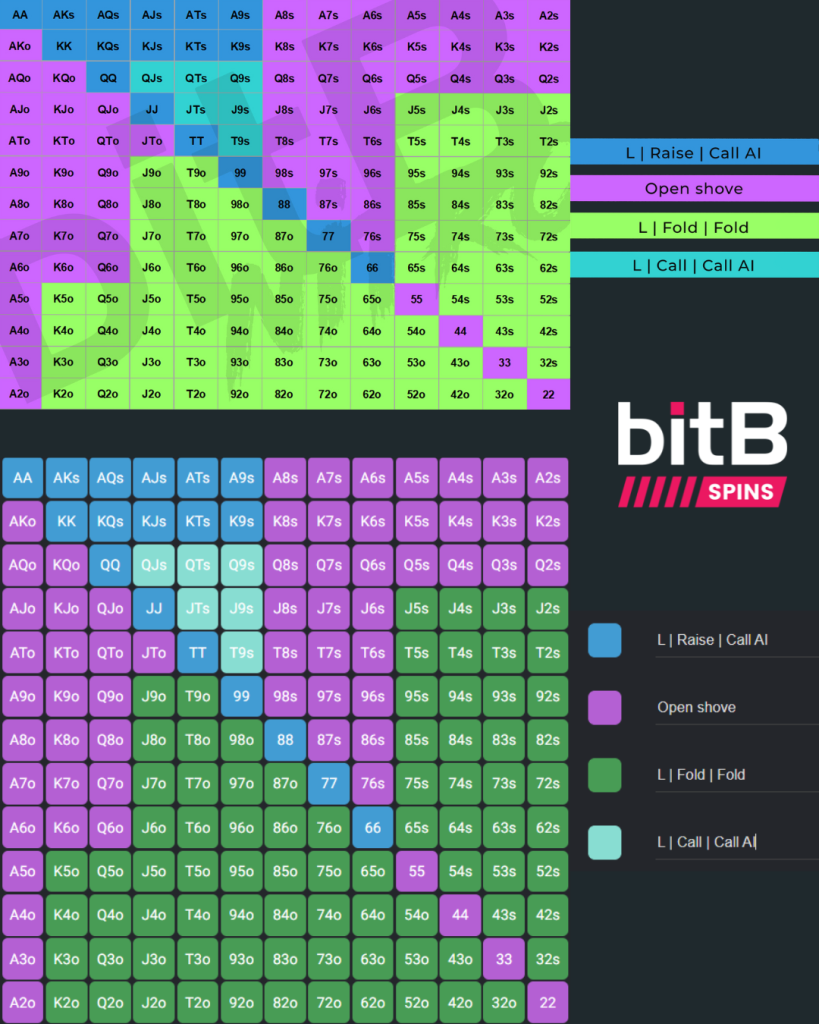
After you’ve recreated your ranges you can use them in the ‘Trainer’ section, either for classic or range training.
In ‘classic’ training, you’ll be dealt two cards, and you should choose the proper action from the list. In ‘range’ training your task is to recreate the original range.
Classic training in the Freebetrange software.
3. Put in the hours
Dedicate time every day to train with those charts in the Freebetrange trainer. Start with the most common scenario and work your way down to the push/fold situations. This way, you’ll get a dynamic understanding of the ranges.
Ideally, you would allocate 20-40% of your ‘pokertime’ to study and the rest to play and implement the newly learned knowledge. Train daily until you have a decent grasp of the ranges. At this point, your accuracy should be 90%+.
4. SuperMemo: Flashcard system
To achieve 100% or as close to it as possible, create a separate flashcard for every single hand and its required action. You can use SuperMemo for this.
The flashcard system is a great way to organize your study sessions. Many of our players use it to learn preflop ranges. It helps strengthen memory, boosts long-term memory, and prepares your mind to remember the best solution in every preflop situation.
SuperMemo is usually used to learn languages, but that doesn’t mean we can’t use it to learn poker charts. With it, you can reap all the benefits of the flashcard system with a pretty straightforward UI.
“So first of all, I would select which position I want to study or in which order. Then I had one card for every hand (per position and divided by vs fish and reg). The question every time was the same, for example:
Question: HUSB AA
Answer: L 4bb+ / OS 4bb-The logic behind was that I see a hand and instantly know which action to take at which stacksize. So I only have to look at the stacksize at the table, and then I know what to do.”
-Stefan
Question on the first screen and the answer after you hit ‘check’.
5. Test what you’ve learned at the tables
Don’t worry if your accuracy drops under the pressure of actual decisions, especially if you play on multiple tables. It’s completely normal, and just as you become better at reciting ranges off the table, you will also get better at it at the table.
For example, if you use any tracker, like PokerTracker 4 or Hand2Note, you can check your progress month by month, by ensuring that your VPIP is high enough in HUSB.
THE NEXT STEP
There are a lot of things that need your active attention when you play poker, especially if you are multitabling. Memorizing all of your preflop ranges to automate these choices allows you to concentrate on other aspects of the game that demand more personalized judgment.
Follow these simple rules:
- Get a proper chart
- Understand the ‘why’ behind the charts
- Create training and flashcards for each chart
- Test your knowledge at the tables
- Join our 30-day trial and skyrocket your poker career:
